Editor's note: Master Gardeners are keeping busy in their own gardens during Napa County's “Shelter in Place” directive. It's spring, it's getting warmer, it's a great time to work in the garden! Here's how Master Gardeners are spending their time:
by Dianne Weyna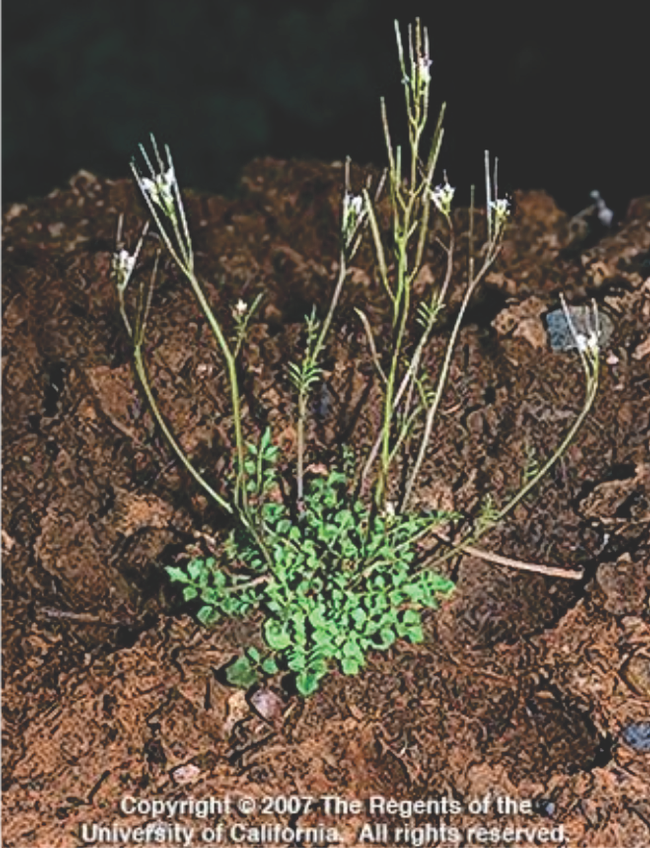
One of the first warm days this spring I decided to go crazy pulling weeds, knowing it was going to rain later. I wanted to “nip it in the bud,” so to speak. Removing weeds before they spread their seed is the goal. It's interesting how weeds have different strategies for seed dispersal.
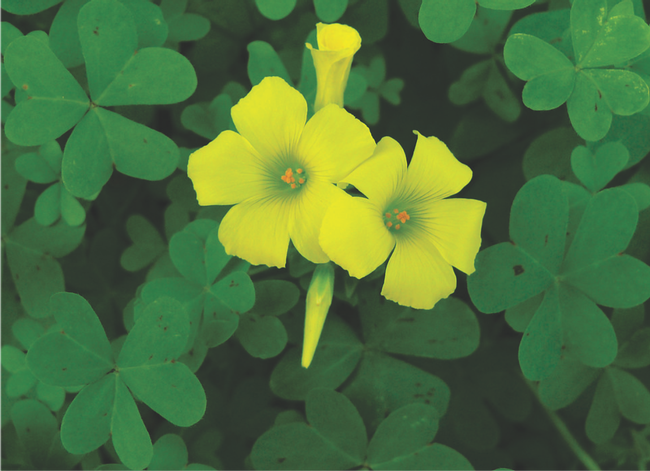
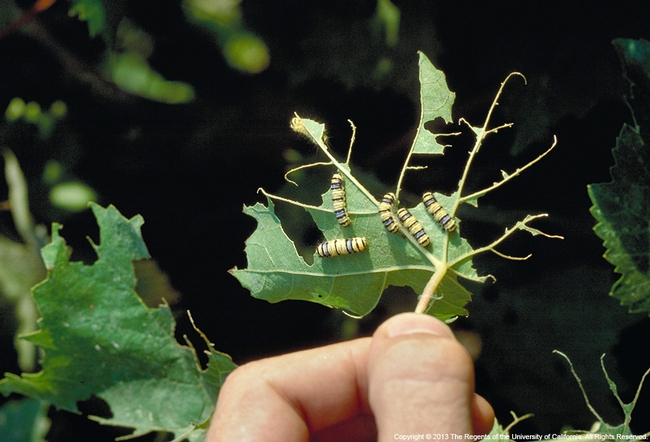
Buttercup oxalis - Oxalis pes-capres, is another plant that is all over my garden. They reproduce by bulbs and bulblets. It's hard to remove them all by pulling, and it doesn't really stop their spread, but the above ground material works well for the green part of compost.
Catchweed or Bedstraw Galium aparine is a weed with an interesting reproduction plan: its transfers its seed to us or other mammals by using little hairs with hooks on the end that clings to our clothes (or fur) like a burr. The plant itself also has these hairs and feels sticky, but the unwelcome feeling is just the hairs. 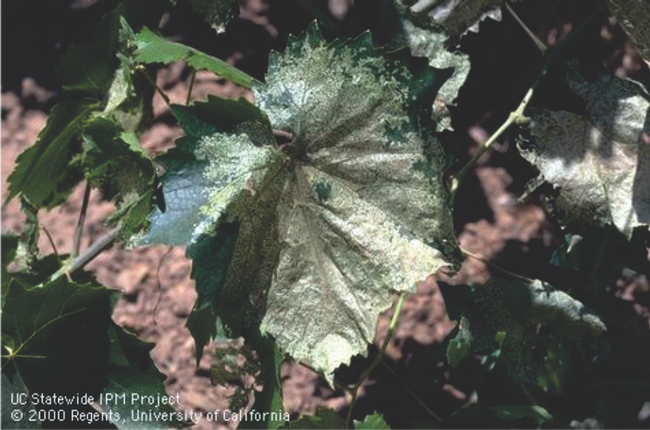
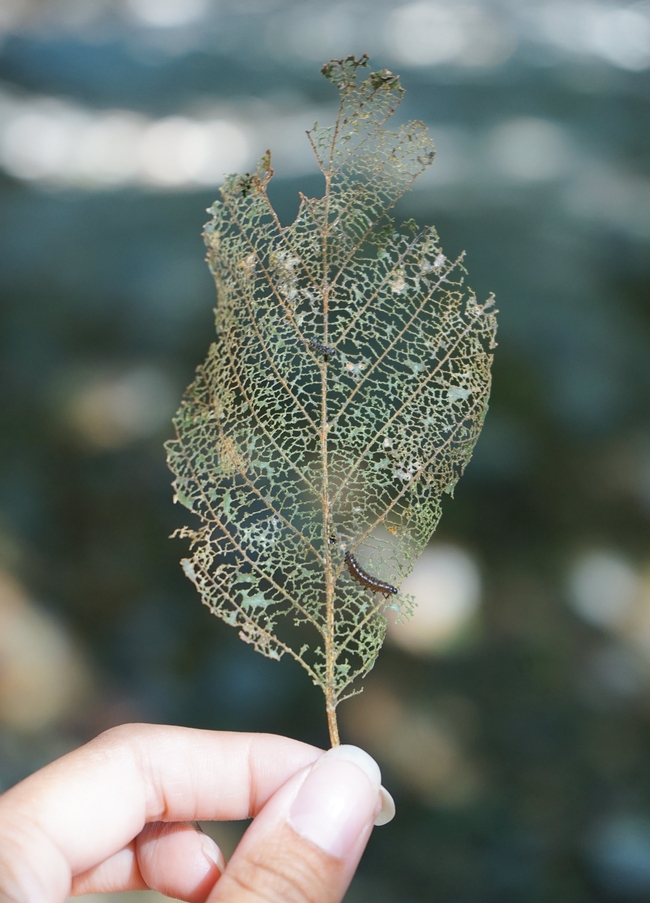
Another thing that I love to see are old pods from flowers of last summer. Poppy pods are beautiful, some totally skeletonized, showing architecture of the pod. I have seen skeletonized leaves, too, mostly citrus, and they're beautiful. 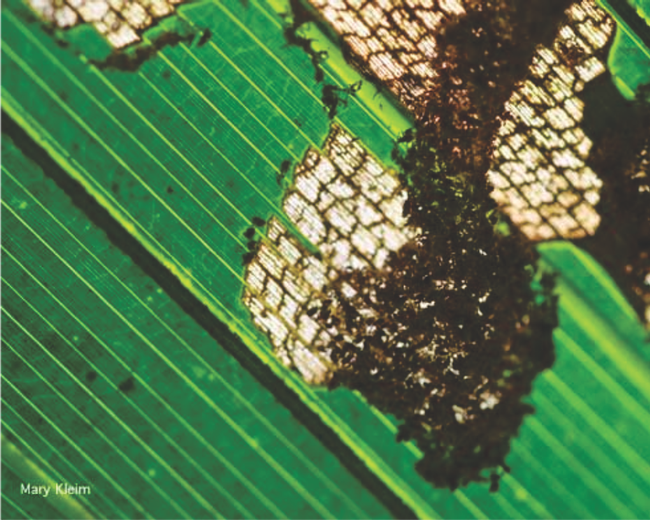
Life is an adventure…. Enjoy your garden!
Informational links:
UCANR Weeds ID & info http://ipm.ucanr.edu/PMG/weeds_all.html
Western grape leaf skeletonizer info http://ipm.ucanr.edu/PMG/r302301011.html
Palm leaf skeletonizer http://ipm.ucanr.edu/PMG/GARDEN/PLANTS/INVERT/plmskel.html
Bird pests in the garden-control info http://ipm.ucanr.edu/PMG/PESTNOTES/pn74152.html#IDENTIFICATION
Audubon Society-Birds of California https://ca.audubon.org/birds-0
During Napa County's shelter in place directive that protects everyone's health and safety, Napa Master Gardeners are available to answer garden questions by email: mastergardeners@countyofnapa.org. or phone at 707-253-4143. Volunteers will get back to you after they research answers to your questions.
Visit our website: napamg.ucanr.edu to find answers to all of your horticultural questions.
Photo credits:
Grape leaf: Jack Kelly Clark UCIPM
Skeletonized leaf: Mary Kleim Attribution-NonCommercial-ShareAlike 2.0
Little bittercress: Joseph M. DiTomaso. UCIPM